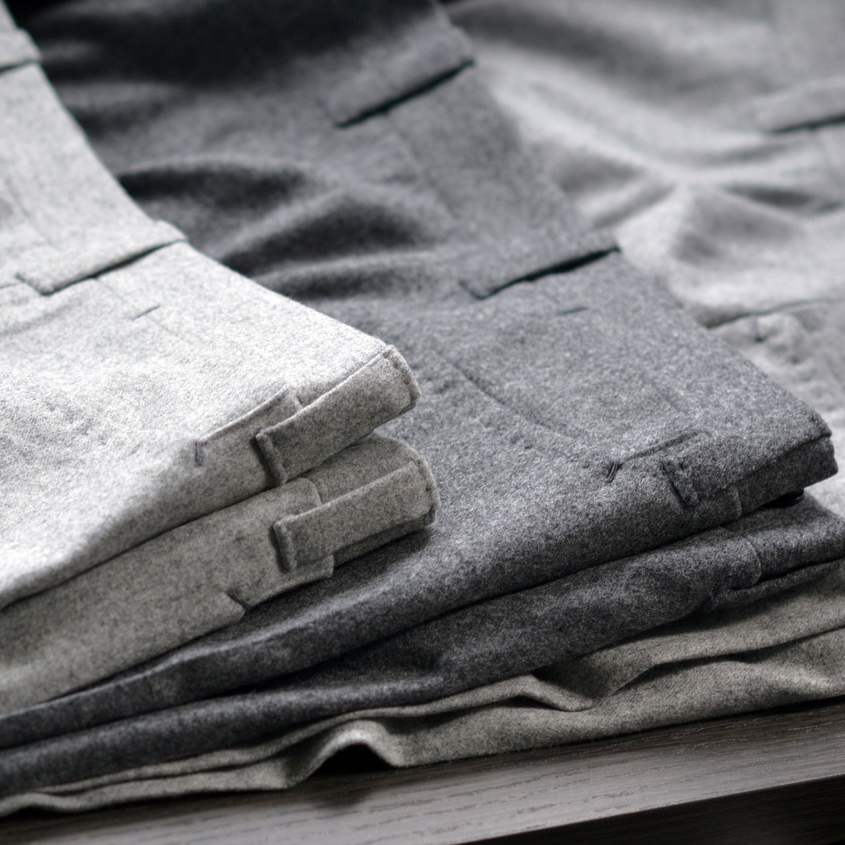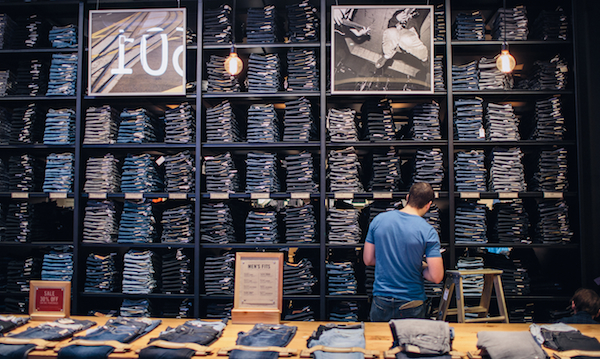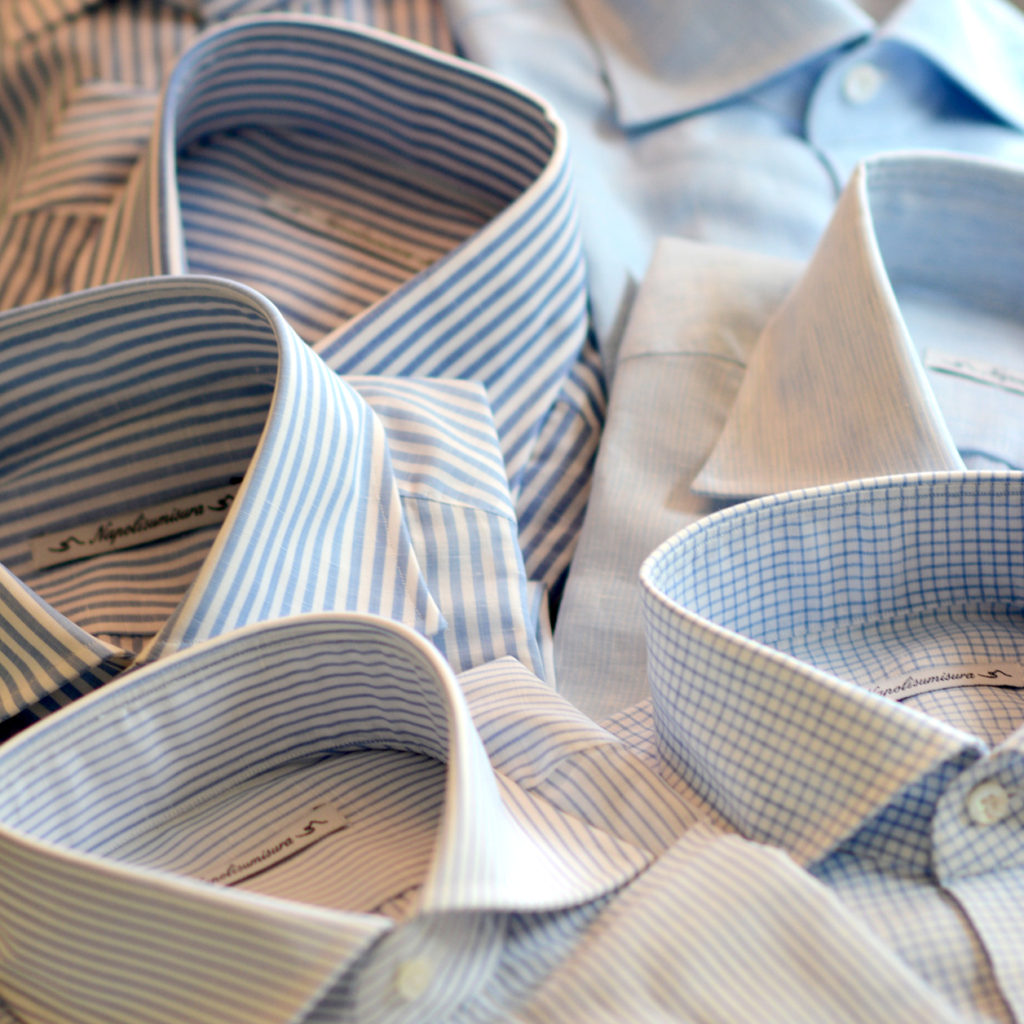
In his introduction to “The Paradox of Choice: Why More is Less,” UC Berkeley professor Barry Schwartz recalls going to The Gap one day to buy some jeans. He tells a sales associate that he needs a pair in a size 32 x 28.
“Do you want them slim fit, easy fit, relaxed fit, baggy, or extra baggy?” she asked. “Do you want them stonewashed, acid-washed, or distressed? Do you want them button-fly or zipper fly? Do you want them faded or regular?”
Schwartz calls this the paradox of choice. It’s a problem that covers everything from the 31 flavors at Baskin-Robbins to the mile-long aisle of salad dressing at Safeway. It’s the wall of flat-front chinos at J. Crew. It’s the rack of toothpastes — from teeth whitening to teeth strengthening to mouth freshening — at Duane Reade. It’s the endless number of choices we have for every possible product category. And yet, people are more dissatisfied with their purchases than ever. Even with so many choices, people can’t seem to find exactly what they need, so they’re constantly looking for something new to replace what they already own.
Our culture loves to have choices. Greater choice, after all, equates to greater freedom, and greater freedom equates to better individual welfare. But Schwartz points to two potential problems with having too many choices.
First, it can produce paralysis, rather than liberation. When faced with too many choices, people find it difficult to choose anything at all. Schwartz cites a study that looks at Vanguard mutual funds, which spanned about a million employees at about 2,000 different workplaces. The study found that, for every ten additional mutual funds an employer offered, participation rate fell two percent. In other words, people are more likely to participate when they only have to choose between five mutual funds, rather than fifty. The more choices you add, the more likely they’ll put the decision off to another day (and of course, that day never comes).

The other problem is that people are more likely to be dissatisfied with whatever they choose — even if the choice is perfectly good. When he left The Gap that day, Schwartz carried out the best pair of jeans he had ever bought. Yet, he kept wondering if there was something better still. Before, he thought jeans only came in one fit and one type of fabric, but now that he was aware of all the options, he was less satisfied with these jeans than he was with his previous pair. The more options you have, the more likely you are to regret your choice because you’re never quite sure if it’s the right one. And since everything falls short of our expectations in some way, we’re constantly searching for our grail.
This may explain why people often feel like they have nothing to wear, even if they have wardrobes that are bursting at the seams. We rely on the same three or four uniforms day-in, day-out, leaving many purchases languishing in the back of our closets. And so, we go out in search for something better, which then only continues the cycle.
A few years ago, some writers on the womenswear side of the market promoted the idea of having a capsule wardrobe. A capsule wardrobe is a small, almost essential-only wardrobe that forces you to focus on just key pieces. The idea is to narrow down your wardrobe to just 37 items — not including underwear, ceremonial clothes, or workout gear. Instead, it’s about bringing your wardrobe down to 37 shirts, pants, sweaters, jackets, coats, and shoes. (The number isn’t that strict — it’s perfectly fine to go to 50 pieces — but 37 has been tossed around because it’s what many people have found to be a happy equilibrium. If you live somewhere with harsh seasons, you can double the number for a seasonal wardrobe, such that you have 37 pieces for summer and 37 for winter).
The goal of a capsule wardrobe is to free you from the paradox of choice. Ironically, as our wardrobes grow, the more likely we are to rely on fewer and fewer pieces, as sorting through everything can be exhausting — so we end up wearing the same sweater, the same jeans, the same coat. Yet, if your wardrobe was narrowed down to just 37 pieces, you’d not only have a cleaner and tidier home, but also a clearer sense of mind on how to create new outfits. You’d rely on all 37 pieces — and be happy with them. (Or so goes the theory).

There are a billion guides online on how to build a capsule wardrobe (ironically, maybe too many). But many of them are prescriptive, telling you that you need the perfect navy blazer and black cap toe oxfords. We think those items are useful as well, but not everyone needs the same things. Your capsule wardrobe also already exists in your closet — it’s just about finding it. Here’s how:
Sort Everything into Three Piles
Pull everything from your wardrobe and sort them into three piles. The first is for non-negotiables — items that you actually wear on a regular basis. You can also put back items such as gym wear, underwear, and formal clothes (e.g. tuxedos or suits that you wear to weddings). All of these go back into your closet.
The second is for out-of-season clothing, which will go into bags. If it’s winter, pack up your summer clothing; if it’s summer, pack up your winter gear. It’s hard to look at out-of-season clothing with a clear eye, so put these in storage and revisit them in six months.
The third is for things you don’t wear. Be honest and ruthless with your culling. If there are shirts that never fit quite right, or jackets that never really suited your style, they should be donated or sold. We have guides on how to get rid of unwanted clothes.
Build a Shopping List
Once you’ve narrowed down your wardrobe, build a shopping list. There are two parts here.
The first is to figure out if there are certain items you’d like to upgrade. Maybe you wear jeans every day, but wish you had a pair that fit better. Put that on your shopping list.
The other is to think about how to make your capsule wardrobe more versatile. Maybe a pair of plain white sneakers will let you get more wear out of your jeans and tailored trousers. Or a textured gray sweater will allow you to wear three different kinds of coats with your jeans. The goal of a capsule wardrobe is to get more use out of your clothing, but sometimes you need to add a few pieces in order to make certain things more versatile. Put those things on your shopping list too.
Shop Slowly
Now that you have a focused shopping list, acquire those items slowly. And aim for quality, rather than quantity. When you only have 37 or so pieces in your wardrobe, you can afford to buy slightly better things. And in the end, hopefully, you’ll be happier with your purchases.
This plan can work for any kind of wardrobe — from Brooks Brothers to Balanciaga, RRL to Raf Simons. It’s not about being prescriptive with what any one person needs, but about how to build a wardrobe around things you already wear. Narrow in on the items you already wear on a regular basis and build a capsule wardrobe around that. With some tight editing, you may find that you have more variety with a smaller wardrobe than a larger one.
(photos via Voxsartoria and Levis)







